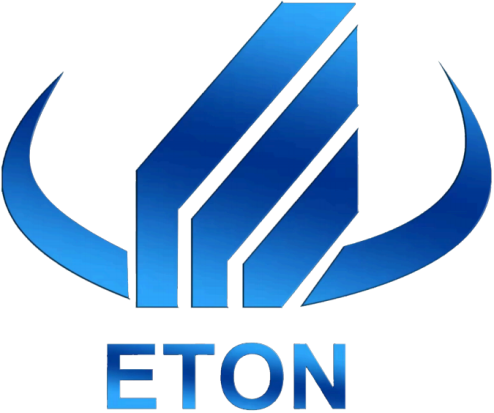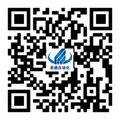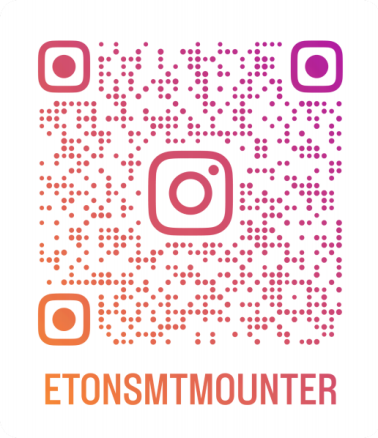The essence of LED enterprise competition: the efficiency of knowledge generation and transformation!
Published Time:
2021-08-04
Yitong Pick-and-Place Machine reminds you: When choosing LED pick-and-place machine equipment, you must find a powerful enterprise. Shenzhen Yitong Automation Equipment Co., Ltd. is a professional SMT pick-and-place machine equipment manufacturer. The company focuses on the research and development and manufacturing of LED pick-and-place machine equipment, and its products are exported to many countries overseas.
Yitong SMD machine reminds you: When choosing LED SMD machine equipment, you must find a powerful enterprise. Shenzhen Yitong Automation Equipment Co., Ltd. is a professional SMT SMD machine equipment manufacturer. The company focuses on the research and development and manufacturing of LED SMD machine equipment, and its products are exported to many countries overseas.
On the surface, it is difficult for various successful enterprises to have a common competitive advantage. However, in such a rapidly changing era, the competitiveness of all enterprises is gradually becoming homogeneous: the essence of enterprise competition is the efficiency of knowledge generation and transformation.
In the high-tech industry, this statement is unlikely to be disputed. For example, Huawei's ascent to the top of the world is inseparable from its strong R&D and innovation capabilities. However, is the efficiency of knowledge generation and transformation the essence of competition for traditional industries with low technological content?

The catering industry seems to have nothing to do with the generation and transformation of knowledge. The most recent innovation in the catering industry is the rise of the takeout business. Some people say that this is just O2O, how much technical content can it have? But don't underestimate this O2O, it means that our eating behavior has been digitized for the first time. Digitization can be analyzed, and knowledge begins to play a role, and this is just the beginning. Everyone knows the relationship between diet and health. If we collect health data again, how can we customize our diet based on health requirements?
This requires knowledge of health and nutrition, which determines the development of new dishes. Therefore, an industry that seems very traditional can also be knowledge-driven. In fact, the less technically demanding the industry, the more opportunities there are to improve competitiveness through knowledge injection.
So, how to improve the efficiency of knowledge generation and transformation? Three issues must be addressed.
Issue 1: How many knowledge workers in the enterprise are engaged in the work of knowledge generation and transformation?
Management guru Drucker historically proposed the concept of knowledge workers. Since he proposed this concept, the proportion of enterprise knowledge workers has greatly increased. However, are these knowledge workers workers with knowledge, or workers engaged in the generation and transformation of knowledge? How many knowledge workers actually do "mechanical" work? This work is just constantly repeating, without challenge, without change. Business operators should not be misled by the educational background structure on the employee roster, nor should they be misled by so-called prestigious universities. Most knowledge workers do not have the ability and opportunity to generate and transform knowledge.
The first step to improve the efficiency of knowledge generation and transformation is to turn knowledge workers into workers who can truly generate and transform knowledge. This requires enterprises to thoroughly reform the existing management and operation system centered on execution and turn it into a management and operation system centered on exploration and innovation. People are not working for this system; they are constantly creating and upgrading this system. The veteran innovative company 3M has long encouraged employees to use the company's laboratories to engage in their own projects of interest; Google allows employees to have 20% of their time to start businesses in groups; Haier takes employee makers and organizational platforms as the direction of transformation. Guangdong enterprises, which have always been at the forefront of reform, have created a new model of enterprise development with fission-style entrepreneurship, with Vision Electronics and Phoenix as typical examples.
Issue 2: How much effort is put into integrating and transforming external knowledge for the enterprise?
The knowledge entry points of traditional enterprises are very narrow, and the input and generation of knowledge rely on internal research departments or achieve new knowledge input through limited external cooperation.
Today, the Internet provides the possibility of utilizing global knowledge and wisdom. In 2000, A.G. Lafley was appointed CEO of Procter & Gamble. He changed Research & Development to Connect & Develop. In Lafley's eyes, Procter & Gamble not only has more than 9,000 R&D personnel, but he also regards the approximately 1.8 million R&D personnel scattered around the world as his employees. In this way, Procter & Gamble has about 1.8 million R&D personnel. His goal was to introduce more than 50% of external innovation by 2010, but it had already achieved its goal in 2006.
P&G's Connect & Develop is essentially a crowdsourcing activity, that is, using global wisdom to solve specific problems for enterprises. In fact, crowdsourcing will become a new intermediate organizational model between the market and the enterprise. A large number of professional positions and knowledge-based employees will choose to undertake projects on a crowdsourcing platform instead of relying on an enterprise. An enterprise that cannot utilize crowdsourced wisdom will gradually become unusable. Regarding crowdsourcing, Haier also put forward the slogan "Let the world become our human resources department, let the world become our R&D center", and uses the dedicated crowdsourcing platform HOPE to achieve crowdsourcing and open innovation.

Issue 3: How much effort is put into integrating cross-border knowledge and achieving transformation?
The Internet has completely changed the form of products and services. Now customers are no longer satisfied with the traditional, purely product procurement model, but are pursuing personalized and integrated solutions.
In the past, a manufacturing company purchased injection molding machines, and they installed, debugged, and maintained them themselves. Now, when a company purchases injection molding equipment, they hope that the manufacturer can provide not only equipment but also a package of personalized services required for intelligent manufacturing, such as automated feeding, real-time working condition monitoring, maintenance, and upgrades. At this time, it is far from enough for the manufacturer to only have knowledge of injection molding machines; it also needs the ability to design intelligent manufacturing systems, the ability to analyze the Internet of Things and big data, etc. Currently, Bocre, a leading injection molding machine company in Guangdong, is providing intelligent injection molding integrated solutions to customers such as Midea based on this thinking, and has been highly recognized by the market. In the past, knowledge was vertically divided according to industries. Today, knowledge is integrated across industries according to customer needs. This has provided tremendous space for enterprise innovation.
In the past, Mr. Drucker's classic three questions provided a highly insightful framework for our short-term, medium-term, and long-term strategic thinking. Today, the new three questions about knowledge generation and transformation provide a systematic perspective for enterprises to build competitiveness in this era. The quality of thinking about these three questions determines whether we can obtain the "ticket" to enter a new business civilization and how far we can sail in the new business civilization.




